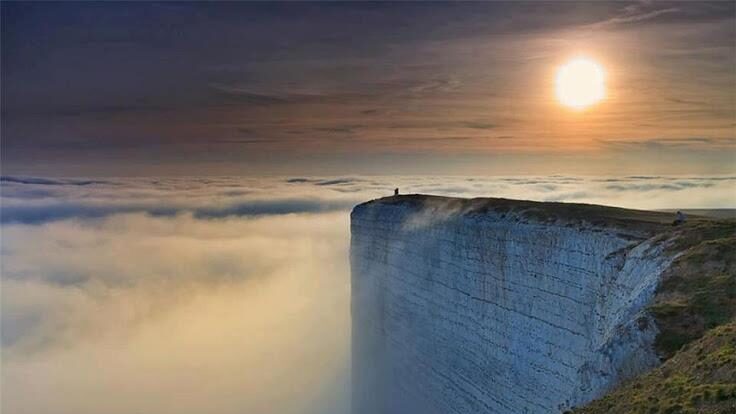This RBV is from June 29, 2012.
“Thus I will do to this place,” says the LORD, “and to its inhabitants, and make this city like Tophet.”
—Jeremiah 19:12
This verse appears as part of what the prophet Jeremiah was to tell the Jews after he performed the sign of the broken flask, which is the subject of the chapter. Jeremiah was to take a clay flask to the Potsherd Gate, or the east gate, which opened out into the Valley of Hinnom, the very place that Jesus later used as an illustration of the judgment of the Lake of Fire, Gehenna. He was also to gather some of the elders and priests of Judah and proclaim God’s message of judgment upon them and the city of Jerusalem.

Then, he was to break the flask before them, saying, “Thus says the LORD of hosts: ‘Even so I will break this people and this city, as one breaks a potter’s vessel, which cannot be made whole again; and they shall bury them in Tophet till there is no place to bury'” (Jeremiah 19:11). Clearly, this is a sign of utter destruction of a sinful people and nation, and the details of what God promises to bring upon them are gruesome and horrifying to an extreme.
What was Tophet? According to the McClintock and Strong Encyclopedia, the word itself means “spittle,” of all things, or “filth,” signifying something abominable, but it could also mean “place of burning,” hinting at the abomination that occurred there. Tophet itself was a small hill within the Valley of Hinnom that had once been part of a grove that Solomon had planted, where his singers had given concerts to the people of Jerusalem.
Perhaps Solomon had chosen that spot, not just for its fertility and closeness to Siloam, but also to help Israel forget that the Canaanites before them had made their children pass through the fire to Molech—in other words, it was a place of vile child sacrifice (see Psalm 106:38; Jeremiah 7:31). However, it was not long before the Israelites and Jews again “filled this place with the blood of the innocents” (Jeremiah 19:4). During his reign not long before Jeremiah’s prophecy, King Josiah had defiled Tophet as part of his purge of idolatry (II Kings 23:10). He did so by overthrowing the altars and then using the place as the city dump, and the filthier the trash the better. But just as soon as Josiah died, the Jews returned to Tophet.
In Jesus’ day, it was once again the city’s garbage dump, where a fire was always burning to consume anything thrown on the pile (Mark 9:43-48). And of course, the worm did not die there, meaning that there were always new maggots going through their life cycles, feeding on the trash. It was also a place where, down through the centuries, many have been buried. Thus, the Valley of Hinnom is a fitting picture of the resurrection of condemnation (John 5:29).
The Valley of Hinnom is a fitting picture of the resurrection of condemnation. Share on XSo what did God do to Judah because of their heinous sin?
I will cause them to fall by the sword before their enemies and by the hands of those who seek their lives; their corpses I will give as meat for the birds of the heaven and for the beasts of the earth. . . . And I will cause them to eat the flesh of their sons and the flesh of their daughters, and everyone shall eat the flesh of his friend in the siege and in the desperation with which their enemies and those who seek their lives shall drive them to despair. (Jeremiah 19:7, 9)
Sounds like justice.
